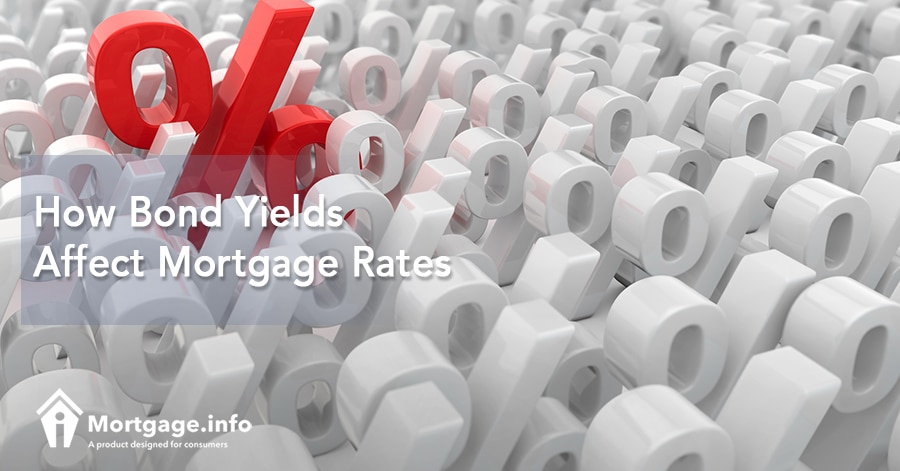Mortgage rates are the most talked about topic when it comes to getting a new mortgage. Most borrowers want the lowest rate possible, yet they don’t know what affects those rates. While it’s nearly impossible to predict what rates will be when you need a mortgage, you should know what affects them.
Compare Offers from Several Mortgage Lenders.
One of the largest factors is bonds. They are in the same category as mortgages, which means they both compete for the same investors. Those looking for a stable investment with a ‘low risk,’ often turn to either bonds or mortgages.
Certain bonds have a lower risk than mortgages just because of their rating. Bonds are money loaned to organizations. Bond rating agencies then rate these bonds based on their probability of repayment. Choosing the safest bonds almost guarantees investors a return on their investment.
Mortgages are not a ‘sure thing,’ but they are pretty low risk. The most common mortgages are between 15 and 30-year terms. This makes them a good investment for the long-term investor. They compete with the US Treasury Bonds, as those are generally a 30-year term as well. Mortgages often give a higher return on the investment that the Treasury Bonds, which is why there is competition between the two investments.
Bond Rates and Mortgage Rates
Bond rates and mortgage rates have a direct relationship. When bond rates increase, so do mortgage rates. When the rates on bonds decrease, the rates on mortgages decrease.
Click to See the Latest Mortgage Rates.
Typically, mortgage interest rates are higher than the Treasury bond rates. This is because they aren’t as ‘safe’ as Treasury Bonds. There is a risk of default. Lenders and/or investors want to ensure a little return on their investment should the borrower default in the future. US Treasury Bonds are known as one of the ‘safest’ investments available, so the interest rate is never expected to be that high. Mortgage rates are usually just a few points higher, though.
As we said, the relationship between Treasury bonds and mortgage rates are direct. T-bonds have the largest effect on how the mortgage rates change. This is simply because investors of mortgage-backed securities expect a higher rate of return. They do so in exchange for a slightly higher risk.
How Mortgage Rates Change
So you know that Treasury bonds and mortgage interest rates are directly related. But, just which bonds affect which rates?
Generally, 10-year bonds affect 15-year mortgage rates and 30-year bonds affect 30-year mortgage interest rates. As you can see, T-bonds only affect fixed rate mortgage loans; they do not affect adjustable rate mortgage loans. ARM rates are based on the LIBOR or Prime rate rather than the Treasury bond rate.
Knowing the bond rate can help you determine a general range for mortgage rates. Of course, the actual rate you get depends on the lender and your qualifying factors. Shopping around with different lenders may give you different rates. You can then compare your options and decide which one works best for you.

